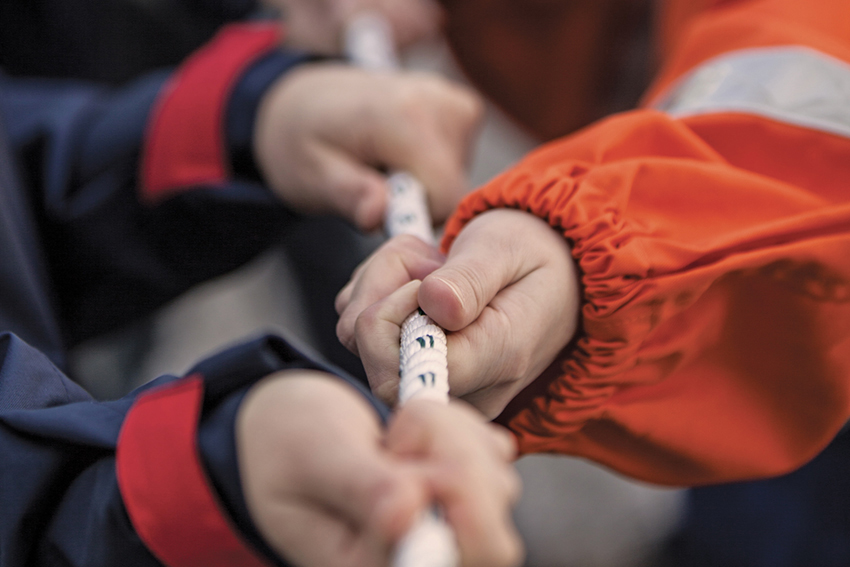Civil protection volunteer service

In the National Service, Civil Protection volunteers are organized into national organizations, local associations, and municipal groups.
They bring diverse skills and expertise to tasks such as rescue operations, healthcare, forest firefighting, protection of cultural heritage, telecommunications, and setting up reception areas.
Volunteers work closely with the different components and operational structures of the National Service in both regular and emergency situations. They regularly participate in exercise activities to ensure full coordination with all the organizations involved in the system.
They are represented by the National Committee, as outlined in Article 42 of the Civil Protection Code. The National Committee is organized into a National List, divided into a Central List and Territorial Lists. All recognized organizations are part of these lists.